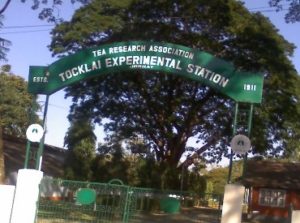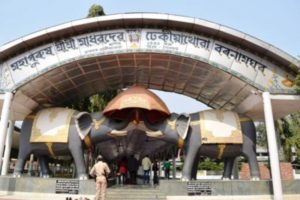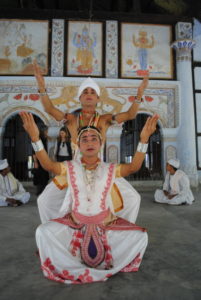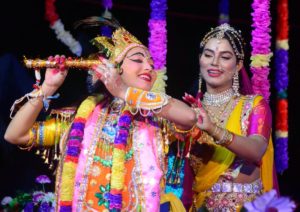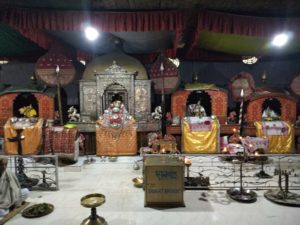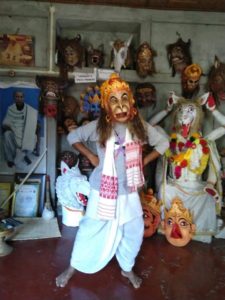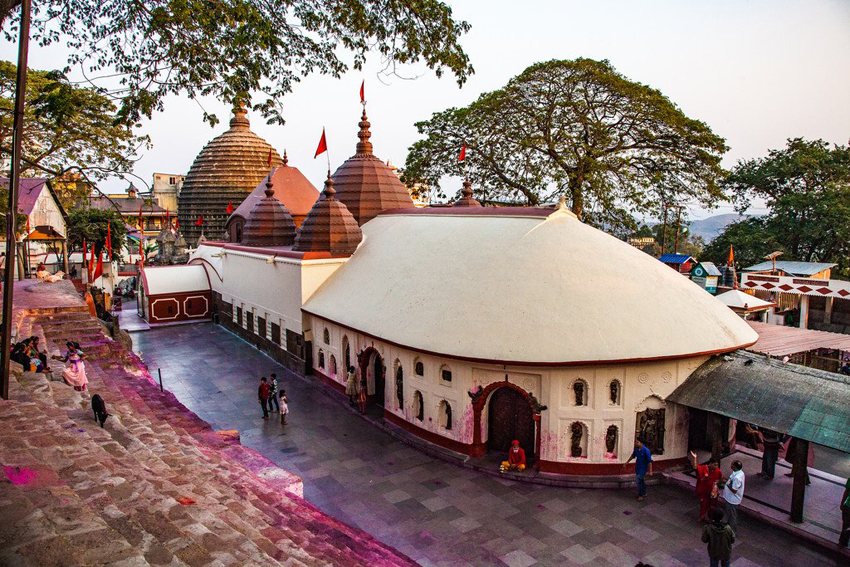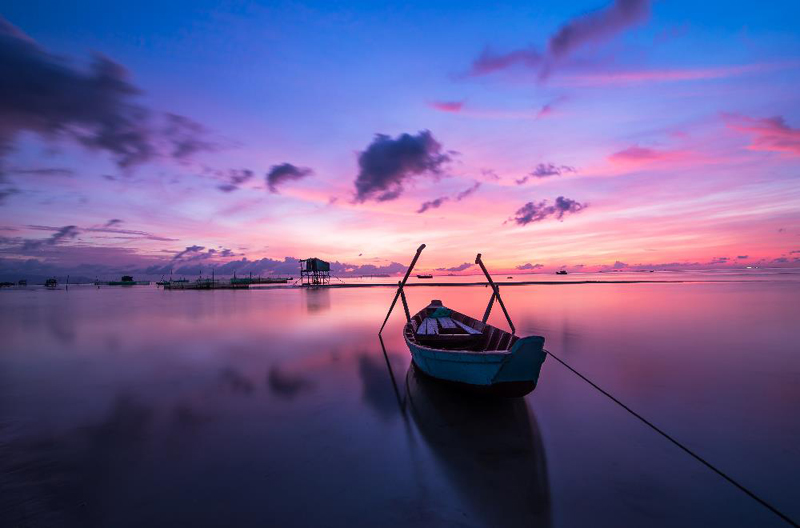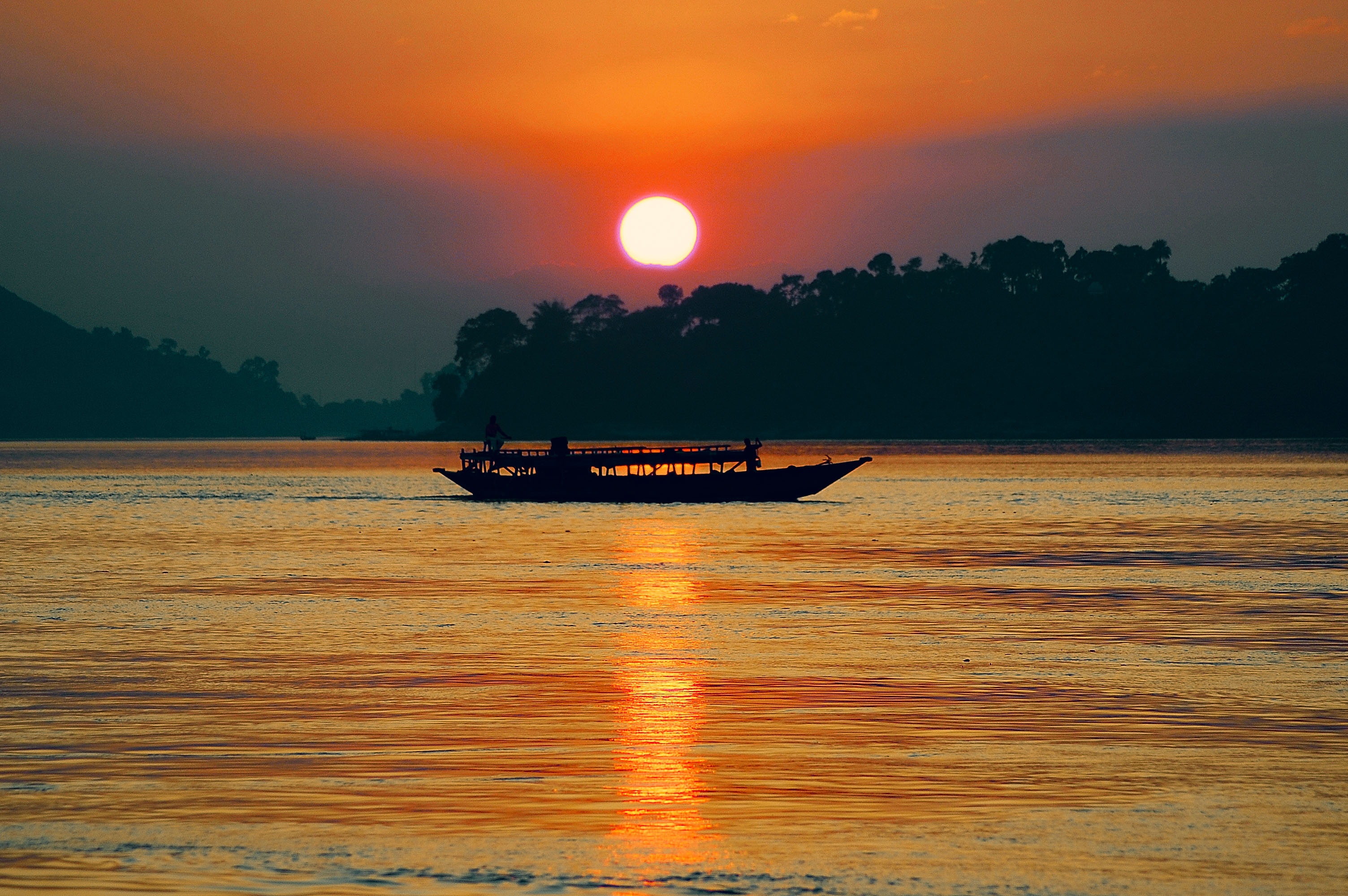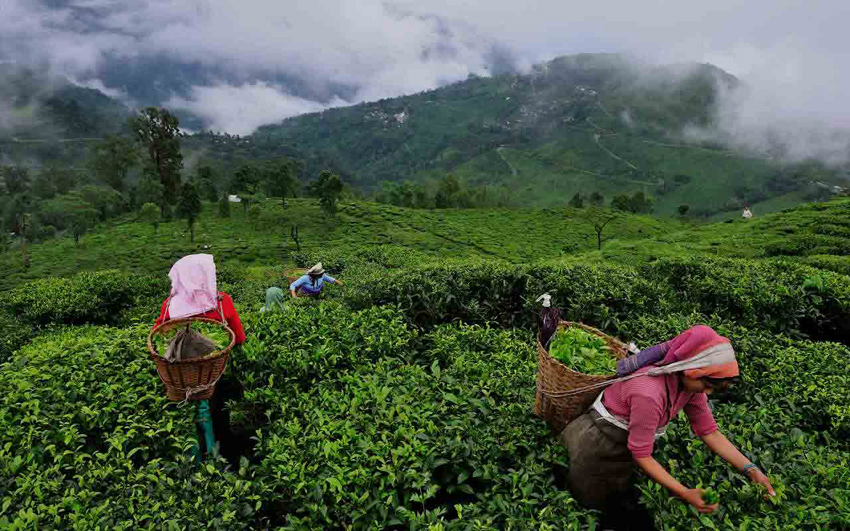The name “JORHAT” or “JOREHAUT” delived from two ‘hats’ or markets which subsisted on the two banks of the river Bhogdoi during the 18th Century. Jorhat was the last capital of the Ahom Kingdom (erstwhile ”Rangpur”). This flourishing town was completely destroyed by the Burmese invasions in1817, which were stopped by the arrival of the British in 1824 under the leadership of David Scott and Captain Richard.
There are about 135 Tea Gardens in and around Jorhat.
Places of Interests:
Jorhat Gymkhana Club: Built in 1876 by D. Slimmon, it is the oldest planter’s club in Assam and still maintains its heritage.
- Tocklai Tea Research Center
Tocklai Tea Research Center: The Tocklai Experimental Station, Jorhat is the oldest and the largest research station of its kind in the world.
- Dhekiakhowa Bornamghar
Dhekiakhowa Bornamghar: Dhekiakhowa Bornamghar is one of the most revered religious destinations in Jorhat. It was established by saint-reformer Madhavdeva, a disciple of Srimanta Sankardeva at a small village which was later named as Dhekiakhowa.
It is believed that while touring these parts with the idea to reform people, Madhavdeva stopped at a small, unknown village. He asked for shelter at a very poor and old woman’s house. Because of her poverty, she could only offer the great saint rice with Dhekia Saak (a nutritious and easily available leafy vegetable). He was so impressed with the food that he decided to set up namghar (prayer house) in the village. Eventually, the place got its name as Dhekiakhowa (khowa meaning eating).
- Molai – The Jadav Payeng Forest
Jadav Payeng Forest: Planting a 550-hectare forest on a barren sandbar in Assam’s Majuli—alone, over a lifetime—Jadav Payeng aspired merely to be the protagonist of his own story, until a photographer stumbled upon his forest and told the world about it. A decade later, he seems more at ease with his fame
“At the age of 17, I started to grow trees on barren land. Many challenging years later a jungle of 1200 hectares has grown out of this idea.” This is a story of passion and perseverance and how an individual can change the course of nature.
Jadav Payeng belongs to a tribe called “Mishing” in Assam, India. He lives in a small hut in the forest. Binita, his wife, and his 3 children (two sons and a daughter) accompany him. Over the course of several decades, he planted and tended trees on a sandbar of the river Brahmaputra turning it into a forest reserve. The forest, called Molai forest after him, is located near Kokilamukh of Jorhat, Assam, India and encompasses an area of about 1,360 acres / 550 hectares. In 2015, he was honoured with Padma Shri, the fourth highest civilian award in India
He has cattle and buffalo on his farm and sells the milk for his livelihood, which is his only source of income. In a recent interview he revealed that he lost around 100 of his cows and buffaloes to the tigers in the forest, but blames the people who carry out large scale encroachment and destruction of forests as the root cause of the plight of wild animals.
Grand Eastern Holidays welcomes environmentalists, nature lovers and tourist to come and meet this legendary figure and explore his forest which has now become a nature’s paradise.
- Sunset view at Majuli
Majuli Island: The Largest Inhabitant River Line Island In The World Majuli Has Been The Hub Of Assamese Neo-Vaishnavite Culture And It Is The Cultural Capital And The Cradle Of Assamese Civilization For The Past 500 Years, By The Revered Assamese Saint Srimanta Sankardeva And His Disciple Madhavdeva. The First Vaishnavite Monastery Was At Belaguri In West Majuli. After That 65 Monasteries (SATRAS) Were Set Up. Today Only 22 Of The Original 65 Are Survived.
The Main Tribe Of Majuli Is Mishing. They Comprise Of About 47% Of The Population Of Majuli. The Term Mishing Is Also Made Up Of Two Words- ‘Mi’ Means People And ‘Yassing’ Means Fine, And That’s Why They Call Themselves Fine People. Other Comprises Chutias, Deoris, Sonowal Kacharies, Koches, Naths, Kaivarttas, Mattaks, Ahoms, Kalitas, Brahmins Etc.
PLACES OF INTERESTS IN MAJULI ISLAND
- Satriya Dance at Auniati Satra Majuli
Auniati Satra: Founded By Niranjan Pathakdeva, The Satra Is Famous For The “Paalnaam” And Apsara Dances And Also Its Extensive Assortment Of Ancient Assamese Artefacts, Utensils, Jewellery And Handicrafts. It Also Has A Hundred And Twenty Five Disciples And Over Seven Hundred Thousand Followers Worldwide.
Dakhinpat Satra: Founded By Banamalidev, A Supporter Of Raasleela, Which Is Now Observed As One Of The National Festivals Of Assam.
- Raas Mahotsava at Majuli
Garamurh Satra: This “Satra” Was Founded By Lakshmikantadeva. During The End Of Autumn, The Traditional The Raasleela Is Enacted With Pomp And Celebrations. Ancient Weapons Called “Bartop” Or Cannonss Are Preserved Here.
- Inside Kamalabari Satra
Kamalabari Satra: The Kamalabari Satra, Founded By Bedulapadma Ata, Is A Centre Of Art, Cultural, Literature And Classical Studies On The Island. Its Branch The Uttar Kamalabari Satra Has Performed Cultural Programmes Of The Satria Art All Around The Country And Abroad.
- Mask Makers at Samaguri Satra in Majuli
Samaguri Satra: The Satra Is Famous For The Masks Making In India.




